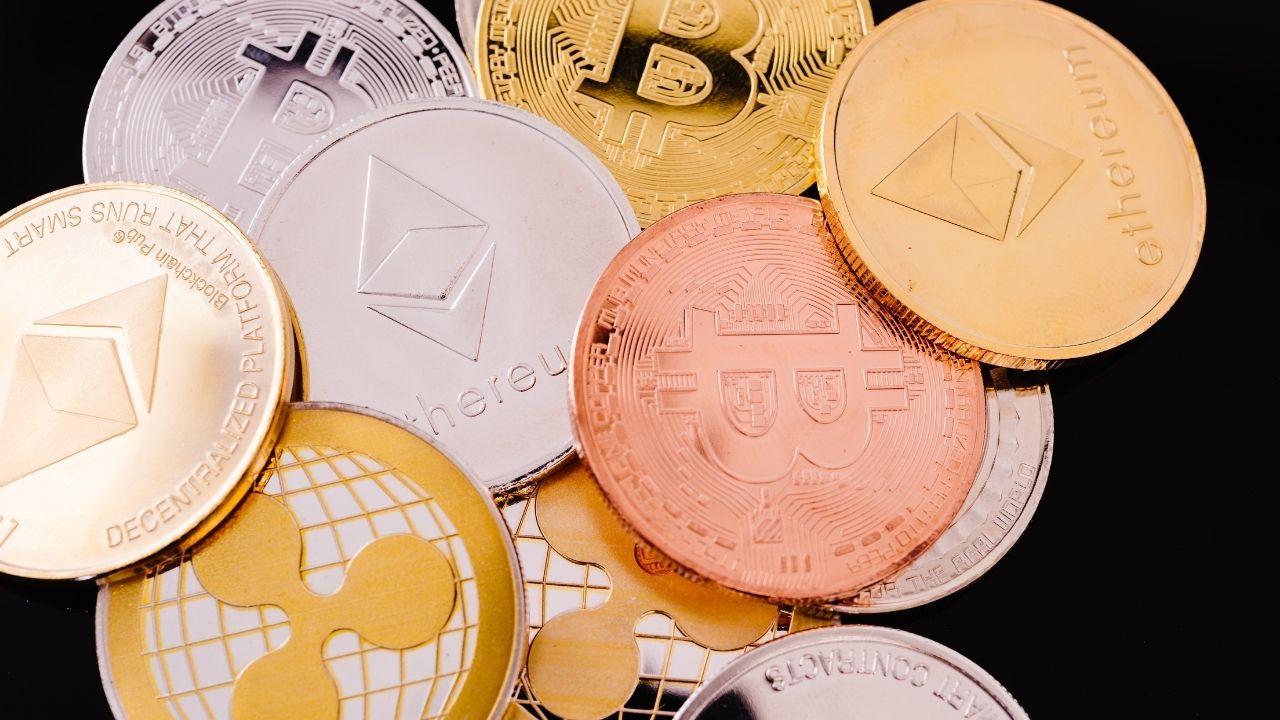Ripple has become one of the most well-known blockchain-based financial technology companies. XRP is an important component of the Ripple ecosystem as it provides high speed, low costs, and scalability. Unlike a lot of other potentially speculative cryptocurrencies, the ripple price is being directly incorporated into how financial matters are handled in the real world. Serving as a bridge currency in Ripple payment solutions provides XRP with the actual utility that increases adoption and keeps it relevant in the long term.
Ripple Vision of World Payments
The core of Ripple's mission is the removal of cross-border transaction inefficiency. Conventional global payments can take several days to arrive at destinations, and entail hefty costs as a result of intermediary facilities such as correspondent banks. RippleNet is the enterprise blockchain system developed by the company and aims at solving these issues by providing fast and low-cost international transfers. The digital asset that makes this network possible is the XRP, and it enables the movement of liquidity across various fiat currencies. That is the utility that distinguishes XRP among other tokens, which lack real application in global finance.
XRP as Bridge Currency
The theory of a bridge currency forms an essential aspect of the limited reasoning behind XRP in the payment scheme of Ripple. Whereas previously financial institutions had to use various intermediaries or have pre-funded accounts in different jurisdictions, XRP allows them to offer on-demand liquidity. As an example, consider a situation where a bank in Japan wishes to send money to one in Mexico. XRP can now act as the mediator asset via converting Japanese yen to XRP, then Mexican pesos as the receiving currency in a matter of seconds. The model saves the institutions the cost of maintaining nostro accounts and enables them to clear transactions within a negligible time.
On-Demand Liquidity and Adoption by Institutions
Ripple On-Demand Liquidity (ODL) has proved to be transformational in increasing the real-world application of XRP. Financial service providers can receive liquidity on demand by accessing XRP and do not have to contend with tying up capital in foreign accounts. Some of the significant remittance companies and payment providers, and even banks, have put into use ODL as a means of streamlining their international business. Such an institutional use of XRP not only concretes the usefulness of the token but also enhances its transaction volumes and its standing in the global payment system.
Transaction Speed and Cost Efficiency
Cost-effectiveness is one of the best features that XRP possesses in the Ripple ecosystem. The time taken to effect a transaction on XRP is three to five seconds and less than a fraction of a cent. This is what makes XRP an exceptionally appealing project to financial institutions compared to several other blockchain solutions, as well as the more conventional wire transfer method. As XRP continues to demonstrate how it aims to lower the expenses and processing time, the coin earns trust as a utility-focused one and not a speculative one. The cheaper and faster the transfers, the more attractive the Ripple solutions will be to both business and individuals.
Expanding the Global Presence of Ripple
Ripple has been strategic in its partnership with financial institutions, payment providers, and fintech enterprises globally with the aim of boosting the scope of XRP. Its partnerships are also in various continents such as Asia, Europe, Africa, and the Americas. All these relationships strengthen the ecosystem and open up more and more corridors within which XRP is actively used as a settlement. As Ripple develops its network, the worldwide adoption of XRP as a well-regarded settlement asset increases, and this is a self-sustaining cycle that enhances its long-term utility.
The Future of Payments Using RP
Going forward, it is anticipated that the future of payments is going to involve XRP even more, with increased demand for quicker and more reliable financial infrastructure. With central banks researching the usage of digital currencies and companies adopting blockchain-based finance, Ripple provides a balance between the old and the new systems. The use of the RP can only increase when other institutions realize the potential of instant liquidity, shortened costs, and interoperability.
Conclusion
Ripples international payment facilities make XRP more than a digital currency in the market. As a bridge currency, which can be used to power ODL, and one that can be deployed to move funds internationally near instantly and at a low cost, XRP creates for itself a new, actual utility as a digital asset. The increasing popularity of the adoption by financial institutions displays the power of Ripple's vision in its worldwide payments. With the wave of transformation being brought about by blockchain technology in the financial landscape, Ripple solutions continue to put XRP at the forefront by fostering efficiency and accessibility in the cross-border movement of money across the globe.


